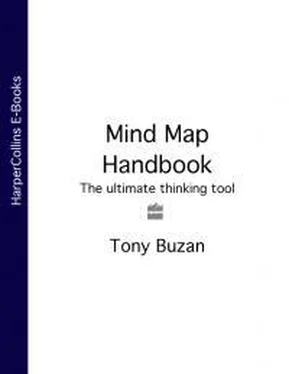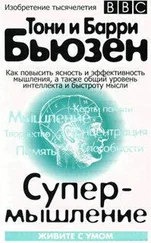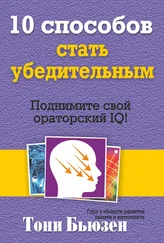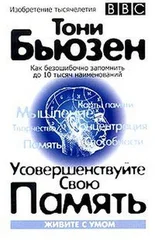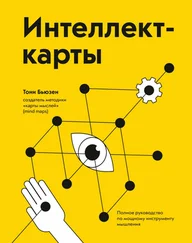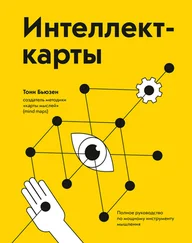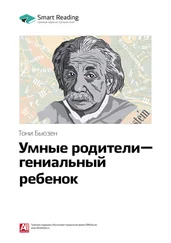6. Individual Brainstorming
When you are brainstorming anything, just let the ideas flow. Generate as many as you can, as quickly as you can, holding back any judgement on whether they are good or bad, practical or impractical until you have finished.
Constantly ‘editing’ and self-criticizing as you generate ideas is a very common habit, and is a perfect way to crush your creativity!
7. Group Brainstorming
The procedure here is identical to the Individual Brainstorming above, except that you need to make very sure that everybody else is comfortable enough to be prepared to voice any ideas that come to them, no matter how ‘off the wall’.
If anybody in the group starts to criticize any ideas, you can immediately become a creative leader by saying: ‘Yes that’s a great criticism, but let’s hold that off to the next stage. Let’s keep generating!’
8. Slow Down to Speed Up!
Think again about where you are when you have those bursts of creative ideas, those sudden cascades of wonderful memories, and those sudden revelations of solutions to problems.
Relaxed and, often, alone.
To increase your Creative Fluency, make sure that you give yourself regular opportunities to get yourself into these ‘slow’ situations, in which as your body rests, your brain speeds up and does all the work for you!
9. Keep Blank-page Mind Map Notebooks
Keep these notebooks in places where you are likely to have bursts of ideas, such as by your bedside, on your desk, in the car, etc. Or make sure you carry a notebook around with you at all times. Whenever you have your ‘Creative Bursts’ quickly jot them down in Mind Map form (see Chapter 3.3). You will find that simply having the pads available will encourage your brain to generate more creative thoughts, much as having snacks available encourages you to nibble!
10 Give Yourself Goals
In traditional brainstorming sessions, the average individual thinks of 7–10 creative ideas; over two days the average group thinks of 120 ideas.
If you give yourself as an individual the goal of 20–40 ideas, and yourselves as a group 200–400 ideas, you will force your brain to come up with more ideas than it normally would. The more ideas you generate, the more probable (as you now know), that you will find the gold!
The ideas in this chapter are summarized in Plate 21.
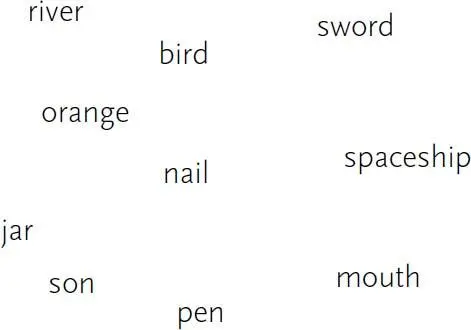
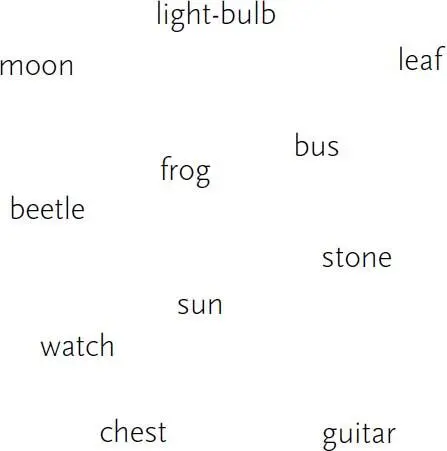
3.7
Creative Flexibility and Originality
So far you have learnt that your brain is a super-synergetic instrument designed to be Creative, and that by combining its two sides you multiply your Creative Power immensely, especially in the area of making your thoughts visible through Mind Maps.
To add to this you now know that you are naturally both artistically and musically creative, and that your potential for Creative Productivity is absolute and infinite.
In this chapter you will learn to get out of the ‘one-track’ rut in which most people find themselves stuck. I will show you techniques for viewing things from many different perspectives. In addition you will learn how to take the incredible uniqueness that you already possess and make yourself even more unique – more original.
You will learn, in summary, the unique Creative Principles of Flexibility and Originality.
Rxpanding your Flexibility and Originality
Flexibility in Creative Thinking is much like physical flexibility. It means that your brain is able to move fluidly and effortlessly in all directions and at all angles.
Creative originality is how different, how special, how unique, how unusual and how far from the normal your thinking really is.
When you consider ‘originality’, it is worth thinking about the word ‘eccentric’. What does ‘eccentric’ actually mean? ‘Ec’, away from, ‘centric’, the centre. So an eccentric is simply a person who is ‘far from the centre’, i.e., not normal. In Creative Thinking, being ‘not normal’ is the whole idea!
How do you achieve this? There are three main ways.
1. Seeing Things From Different Viewpoints
A normal person sees things often from only one viewpoint – usually his or her own. The Creative Genius can see things from an infinite number of perspectives, angles and viewpoints. This ability to see things from different points of view is a necessary quality of genius in areas as vastly and widely different as poetry, acting, education and leadership. Some wonderful examples will illustrate the point:
Case History – Ted Hughes
The English Poet Laureate was one of the great Poets of Nature. Rather than writing his poetry about nature, animals and all living things from his own point of view, Hughes would write it from their point of view. In his poems he entered the minds of foxes, bulls, jaguars, and myriad birds and fish.
This is how Hughes got into the mind of a salmon at the peak of its strength and vitality:
On the surge-ride of energy, weightless,
Body simply the armature of energy
In that earliest sea-freedom, the savage amazement of life,
The salt mouthful of actual existence
With strength like light.
Case History – Jodie Foster
Jodie Foster has been an actress all her life – a profession in which putting yourself in the shoes of other people is the first and most important requirement. She starred in her first TV commercial when she was just three years old, and was nominated for her first Oscar for her role in Taxi Driver at the age of 14. Over the last 30 years she has acted in nearly 50 roles, most memorably as the victim in The Accused and as Special Agent Starling in The Silence of the Lambs .
Foster can not only think herself into myriad different characters. In the 1990s she changed her point of view by going behind the movie camera to both direct and produce her own films, to great critical acclaim. She also looks at life from the perspectives of a Yale graduate, a mother, and an astute business person.
Case History – Maria Montessori
In the late 1800s and early 1900s, an amazing young woman in Italy, Maria Montessori, had a unique revelation. Maria had already distinguished herself by becoming the first ever woman in Italy to receive a degree in medicine, which she was awarded just over 100 years ago.
Maria was particularly interested in children, and it was while visiting kindergarten and primary schools that she realized something that subsequently, because of her, changed the way the world thinks about the education of the very young.
Her realization was that everything in schools was built and taught from the point of view of adults : the chairs and desks were far too large, rough and heavy; the order of things was rigid – the rules of behaviour were based on the army! Colour was either absent or blandly ‘official’; nature was absent; silence was the rule; asking questions was forbidden; reading, writing and arithmetic were the only subjects taught; and Creativity was totally absent !
Maria put herself into the mind of the four or five-year-old child, and created a new universe for them.
In Montessori schools, the chairs, desks and tables are designed for little bodies; classrooms are filled with colours, beautiful things to look at, different textures and varying fragrances; nature becomes a part of the classroom in the form of plants, aquariums and pets; movement is encouraged; questions rewarded; and every opportunity given for the questing young creative mind to explore, express and develop itself.
Читать дальше
